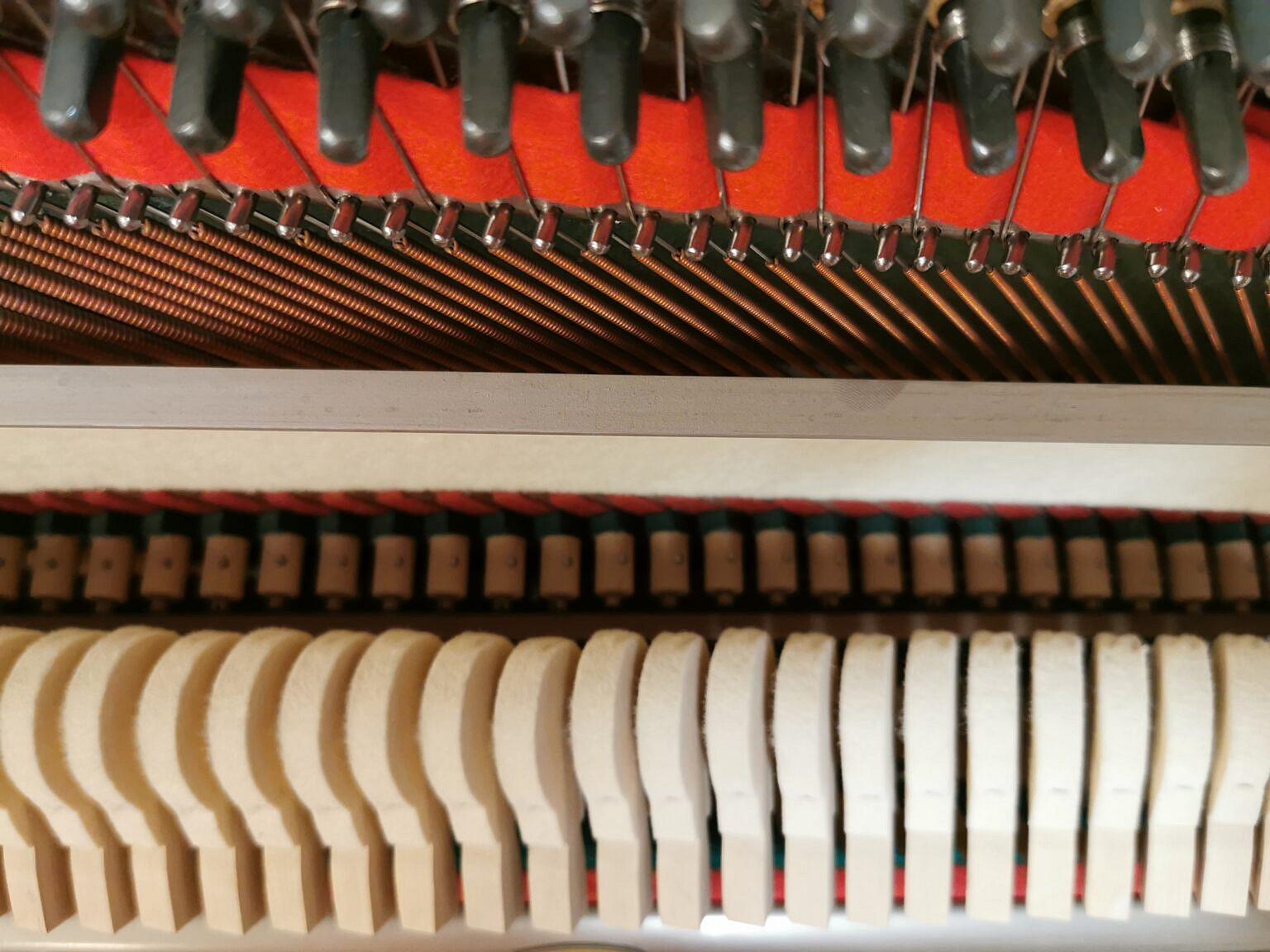

Other upright serial numbers are located on the cast iron plate but placed above the treble string section.ģ. Piano serial number of uprights are many times located on the inside of the piano stamped onto the plate between the bass string section and the treble string section.Ģ. The areas to look for these numbers vary from each company but here are some common places to look along with some photos.ġ. Using this number, along with the manufacturer, the age of the piano can sometimes be determined. Many pianos will have a 4, 5 or 6 digit serial number to identify the age of the piano. Pianos also have other numbers printed on them such as part numbers and many other pianos do not have a serial number at all. Most importantly, play as many pianos as you can in your price range & let your ears be your guide.Many piano manufacturers placed serial numbers in a variety of places. I would highly recommend: The Piano Book & 2005-06 Supplement (available on Amazon) & educate yourself before you buy. How much life is left! Others may disagree. There are too many variables, how its been cared for- maintenance, environmental humidity, how its been played. Personally I would not want a 20 year old piano. Have an independent tech check it out as well. Unfortunately there are many that are not honest about a pianos age or origin. If you go with the Kawai, check the serial number & age with Kawai directly to make sure its not gray market & to ensure EXACTLY how old it is. (piano forum) These "gray market" Kawai's are typically priced lower than their "legitmate" (for lack of a better word!) brethren. There is some controversy about this & possible quality ramifications related to the "seasoning of the wood" & obtaining parts. Don't know if its a problem in your country as well. These are pianos that were made in Japan to be sold there but ended up here in the US. There are what are called "gray market" pianos out there though. Kawai has a very good reputation overall. Kawai is now in the process of moving all their US production to Indonesia (cheaper labor). From all accounts though all Chinese pianos are rapidly improving. Sejung is considered an inferior factory to Yantai that makes Perzina, & the Dongbei factory made pianos (Nordiska/HalletDavis/Stor圜lark) at this point in time. The Stecks are considered budget entry level pianos made in Sejung China. I've been hanging around piano boards for awhile but am a relative novice.


 0 kommentar(er)
0 kommentar(er)
